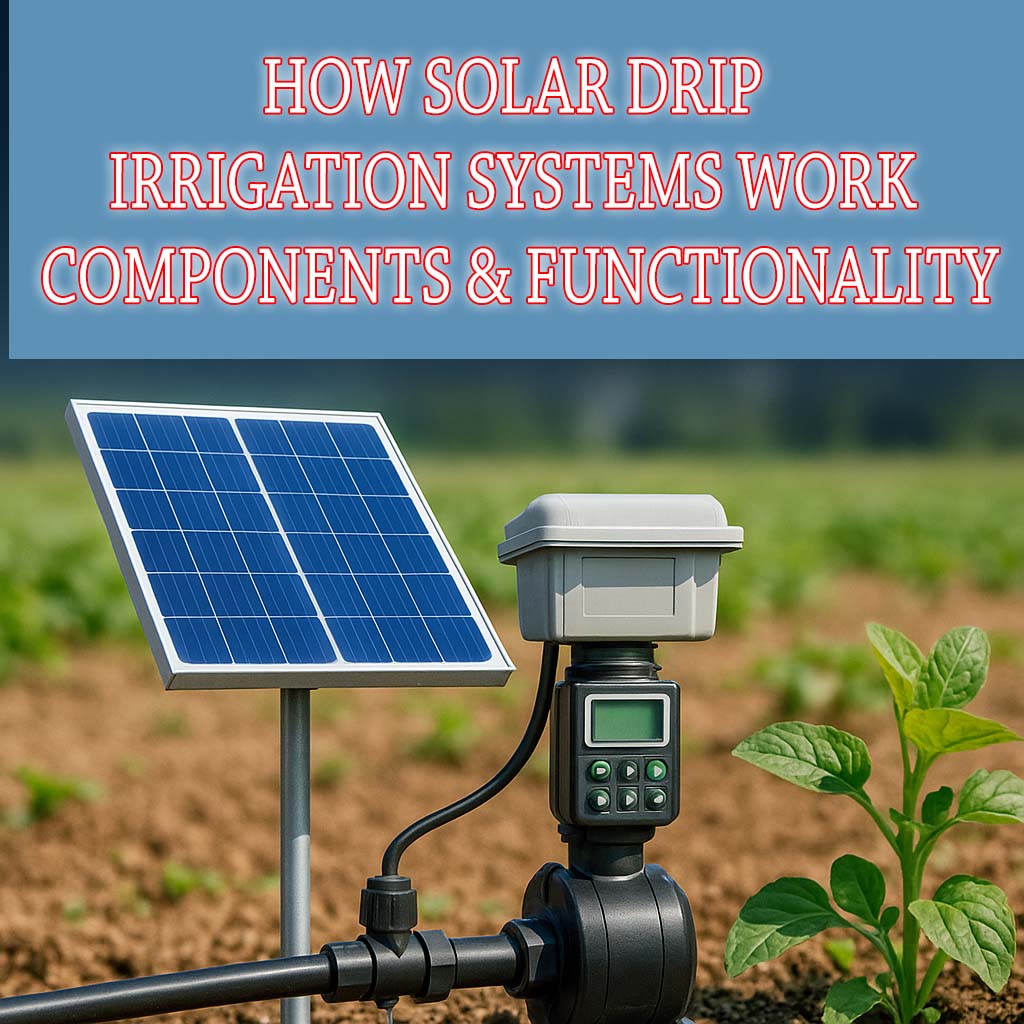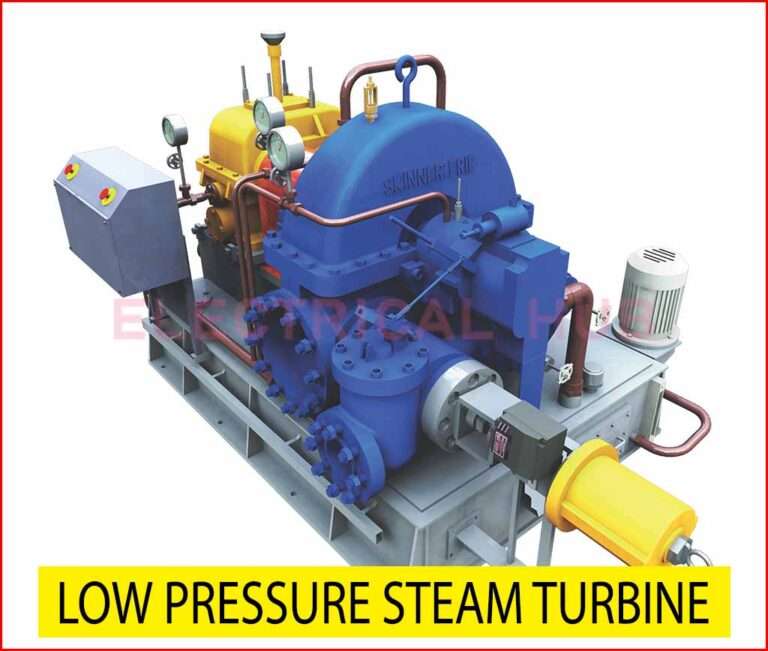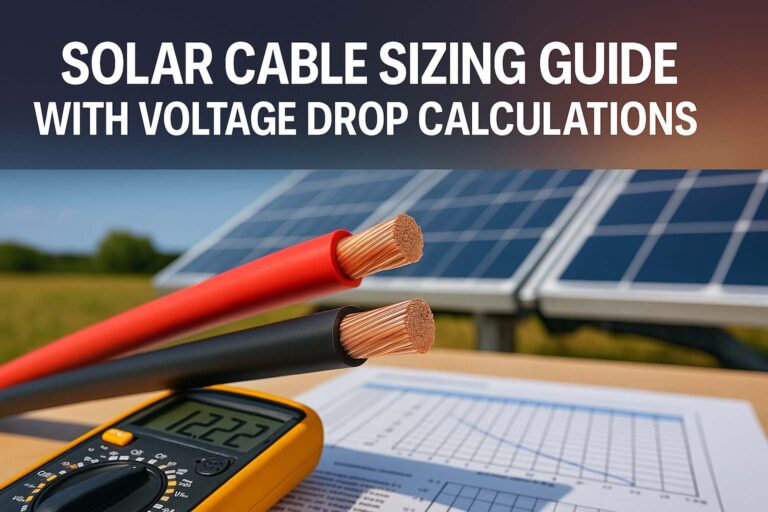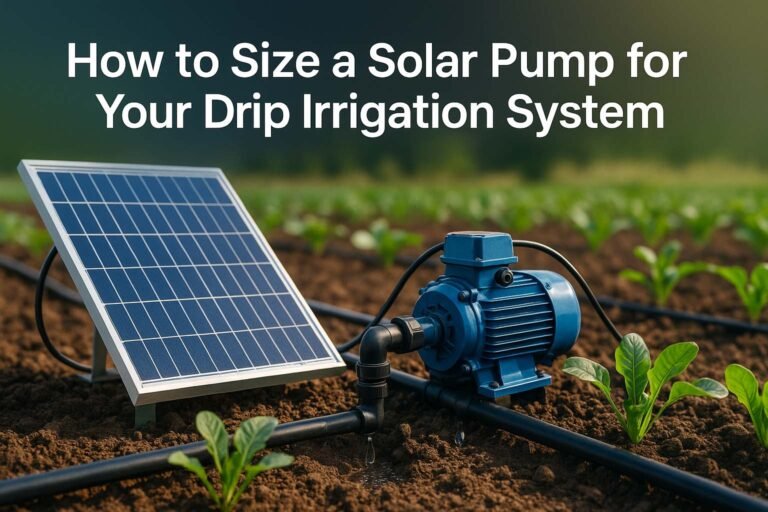How Solar Drip Irrigation Systems Work: Components and Functionality
In recent years, solar drip irrigation systems have transformed farming across many regions. These systems use solar energy to power water pumps and distribute water directly to plant roots. It’s a sustainable way to ensure crops get enough water, especially in areas with limited access to electricity. This article explores how solar drip irrigation systems work, what components are involved, and how they function together.

Introduction to Solar Drip Irrigation Systems
Solar drip irrigation systems combine the benefits of solar power and efficient water use. Instead of flooding entire fields, water is delivered in precise amounts to each plant. This conserves water and energy while improving crop yields. Farmers can save on diesel costs and reduce manual labor. The system is ideal for both small-scale and commercial farms.
The basic idea is simple. Solar panels convert sunlight into electricity. This electricity powers a pump that moves water from a source—such as a well, tank, or reservoir—through a filtration unit and into drip pipes that deliver water drop by drop.
Key Components of Solar Drip Irrigation Systems
Each part of a solar drip irrigation system plays a crucial role. Let’s look at the components and their individual functions.
Solar Panels
Solar panels are the main power source. They convert sunlight into direct current (DC) electricity. This electricity can be used directly or stored in batteries. The size and number of panels depend on the load calculation for the solar system, which includes the pump’s power requirements and average daily sunlight hours.
Use our free online solar power load calculator to confirm load calculation for solar system.
Typical Panel Specs:
| Panel Type | Wattage | Voltage | Output |
|---|---|---|---|
| Polycrystalline | 250W | 24V | High |
| Monocrystalline | 300W | 24V or 48V | Very High |
A solar controller or charge controller may be used to regulate power flow and prevent overcharging of batteries.
Learn more about DIY solar drip irrigation system.
DC or AC Water Pump
The pump moves water from the source to the drip network. There are two types:
- DC Pumps: Run directly from solar panels. More efficient for small systems.
- AC Pumps: Require an inverter to convert DC to AC. Useful in larger setups.
When AC pumps are used, a frequency drive helps manage motor speed and power use efficiently. This reduces energy waste and protects pump motors during startup and operation.
Inverter (Optional)
If the pump is AC-powered, an inverter is required. It converts DC from the solar panels or batteries into AC. Some modern systems integrate a frequency drive and inverter into one unit. This ensures optimal motor operation even when sunlight fluctuates.
Water Source
A well, borehole, storage tank, or nearby pond can serve as the water source. A float valve or sensor is often added to monitor water levels.
Filtration Unit
Before water enters the drip network, it must be filtered. Fine particles can clog drip emitters, reducing efficiency. Filtration units remove sand, silt, and debris. They can be simple mesh filters or multi-stage filters, depending on water quality.
Learn more about Difference Between AC Submersible Pump and DC Submersible Pump
Drip Tubing and Emitters
Drip tubing distributes water evenly to plants. Emitters are attached along the tubing at regular intervals. These emitters control the flow rate, often delivering 1-4 liters per hour.
Emitter Specs:
| Flow Rate | Application |
|---|---|
| 1 L/hr | Vegetables, seedlings |
| 2 L/hr | Field crops |
| 4 L/hr | Trees, shrubs |
Control System and Timers
Timers and controllers help automate the irrigation schedule. These can be mechanical or digital. Advanced systems use moisture sensors and weather data to adjust watering times automatically. This further optimizes water use.
Storage Battery (Optional)
If irrigation is needed during early morning or evening, batteries store solar energy. They provide power when sunlight is not available. The battery bank size is determined by pump capacity and operating time.
How Solar Drip Irrigation Systems Work
The process is straightforward, but every component must work together efficiently.
- Sunlight hits the solar panels, which generate DC electricity.
- This power either runs the DC pump directly or goes through an inverter if an AC pump is used.
- The pump draws water from the source and pushes it through the filter.
- Clean water flows into the drip lines.
- Emitters release water at a controlled rate near the root zone of each plant.
- A timer or controller manages irrigation times to prevent overwatering.
Technical Insights: Design and Load Calculation for Solar System
System design starts with understanding the water needs of the crops. This depends on:
- Crop type
- Soil condition
- Climate
- Planting density
A load calculation for the solar system is necessary to determine:
- Total daily water requirement (liters/day)
- Pump head (height water must be lifted)
- Flow rate (liters per minute)
- Pump power rating (watts or horsepower)
- Sun hours per day (kWh/m²/day)
Sample Load Calculation
| Parameter | Value |
|---|---|
| Water Needed | 10,000 liters/day |
| Flow Rate | 30 L/min |
| Operating Time | 5.5 hrs/day |
| Pump Power | 0.75 HP (approx. 560W) |
| Solar Hours | 6 hours/day |
| Required Panel Capacity | 600W to 800W |
Adding a frequency drive can enhance motor performance by adjusting speed as needed. It avoids sudden current surges, especially during pump start-up. This is crucial in off-grid systems powered by solar panels.
Advantages of Solar Drip Irrigation Systems
These systems are gaining popularity for good reasons:
- No dependency on grid electricity
- Minimal operating costs
- Precise water application
- Reduced evaporation and runoff
- Ideal for remote and arid areas
- Environmentally friendly
Many government and non-profit organizations promote solar drip irrigation in developing regions. It helps small farmers grow more food using fewer resources.
Use our free online solar power load calculator to confirm load calculation for solar system.
Challenges and Solutions
Despite the benefits, some challenges remain.
- Initial cost: Solar panels, controllers, and quality pumps are expensive. But this is a one-time investment with long-term savings.
- Clogging of emitters: Regular cleaning and good filtration reduce this issue.
- Variable sunlight: Use of batteries or hybrid power (solar + grid/diesel) can ensure consistent performance.
- Pump maintenance: A frequency drive can extend the life of the pump by avoiding voltage surges.
Applications Beyond Farming
Solar drip systems are not just for farms. They are used in:
- Greenhouses
- Nurseries
- Orchards
- Landscaping of parks and gardens
- Reforestation projects
With proper planning and accurate load calculation for solar systems, even large commercial plantations can benefit from this technology.
Conclusion
Solar drip irrigation systems are a smart solution for modern agriculture. They merge clean energy with efficient irrigation techniques. With rising energy costs and water scarcity, these systems offer a sustainable path forward.
Understanding the components—solar panels, pumps, filters, and controllers—and their functionality is key to setting up an effective system. When designed properly, and especially when integrated with a frequency drive and precise load calculation for solar system, solar drip systems can revolutionize water management in agriculture.
Follow Us on Social:
Subscribe our Newsletter on Electrical Insights to get the latest updates in Electrical Engineering.
#SolarDripIrrigation, #DripIrrigationSystem, #SolarPoweredIrrigation, #IrrigationComponents, #SustainableFarming, #SolarAgriculture, #DripIrrigationTechnology, #SmartFarming, #EcoFriendlyIrrigation, #SolarWaterPumps, #PrecisionIrrigation, #AgritechSolutions, #WaterConservation, #SolarFarming, #OffGridIrrigation




